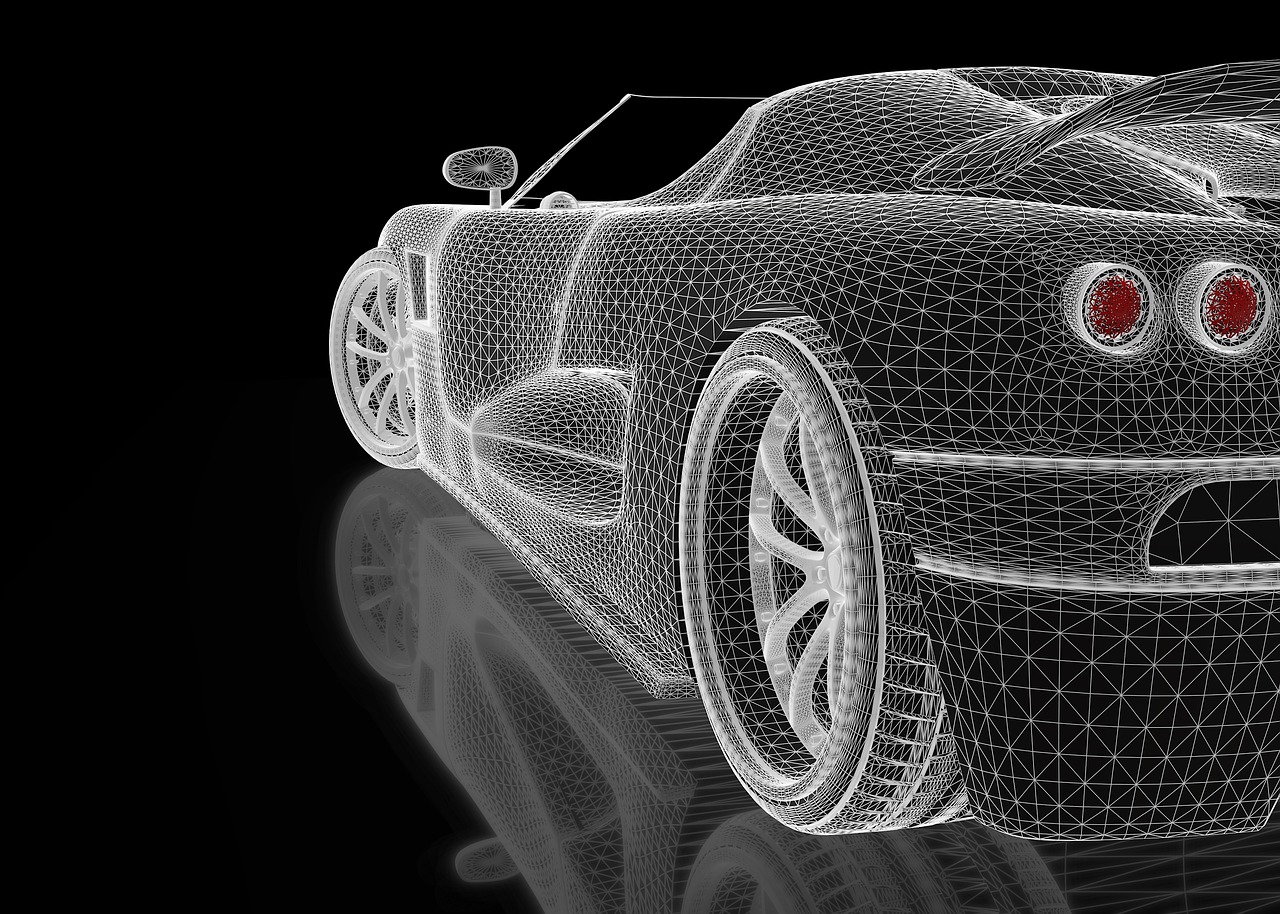Supercapacitors are energy storage devices that are used in automobiles, electric vehicles, trains, and elevators. Now researchers from Nanyang Technological University (NTU Singapore) have discovered a way to convert tamarind shells into vehicle energy sources. They have converted the tamarind shells which are rich in carbon, into carbon nanosheets. And these carbon nanosheets store the electrical charge within supercapacitors.
Reduce our impact on the environment
Tamarind is a tropical fruit consumed worldwide. But tamarind shells are discarded during food production. These are bulky and are disposed of as agricultural waste. So, they consume a considerable amount of space in landfills.
However, scientists foresee that these nanosheets could prove to be an eco-friendly alternative to their industrially produced counterparts.
Why tamarind shells
The tamarind shells are not only rich in carbon but are also porous in structure. Porous structure helps in increasing the surface area of the carbon in the nanosheets. So, these can store more electricity.
Moreover, the tamarind carbon nanosheets exhibit good electrical conductivity and thermal stability… making them promising options for energy storage.
For making the procedure more eco-friendly, researchers are now trying to reduce the energy needed for the production process. They are also working to improve the electrochemical properties of the nanosheets.







